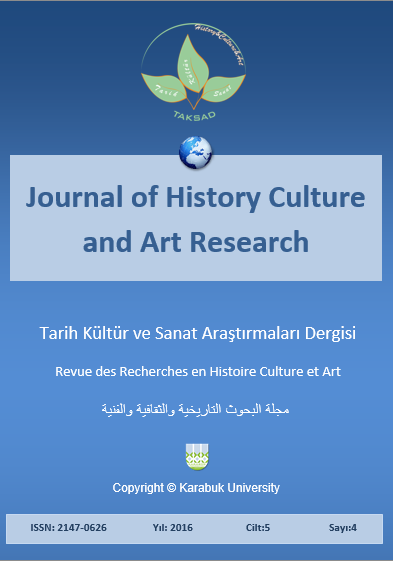New Approach to Interpret the Firm Evolution
DOI:
https://doi.org/10.7596/taksad.v5i4.583Keywords:
Firm characteristics, Firm evolution, Adaptation mechanism, Transaction cost, Iranian industry, Evolutionary Theory.Abstract
Abstract
This article is a preliminary step to introduce a new approach for interpreting how a firm evolves. The core idea of this approach is to verify the firms as the dynamic organization which can change and gain different trait upon time. The change and adaption mechanism can be explained through evolutionary theory. This approach could be used as a good tool to interpret reaction of firms to future environmental and internal changes. To achieve this goal, the firm has been defined as a set of Resource, Ideas and capabilities (RIC). As evolutionary theory has been adopted, a wining rule needs to be determined for selection and struggle process. This winning rule has been developed using the transaction cost theory to verify the effect of this so called RIC mechanism, over 200 hours’ interview has been set up to identify and trace a changing capability in Iranian Construction industry. Applying this view to gathered information shows the power of this method for analyzing the firm’s capabilities.
References
Aldrich, h. & Ruef, M. (2006). Organizations Evolving (2nd ed.). London: SAGE Publications Ltd.
Breslin, D. (2008). A review of the evolutionary approach to the study of entrepreneurship. International Journal of Management Review, 10, 399-423.
Cameron, K. s. & Whetten, D. A. (1983, June). Models of the organization life cycle: Application to Higher Education. Research in higher Education.
Chandler, A. D. (1992, Summer). Organizational Capabilities and the Economic History of the Industrial Enterprise. The Journal of Economic Perspectives, 6(No 3).
Coase, R. (1937). The nature of the firm. economica, 4(16), 386-405.
Coliens, J. (2005). Firm transformation: Advancing a Darwinian perspective. Management Decision, 13-25.
Eriksson, T. (2014). Processes, antecedents and outcomes of dynamic capabilities. Scandinavian Journal of Management,, 30(1).
Goh, S., & Richards, G. (1997). Benchmarking the learning capability of organizations. European Management Journal, 15(5), 575-583.
Grant, R. M. (1996). Toward a Knowledge-Based Theory of the Firm. Strategic Management Journal, 17(Special Issue).
Helfat, C. E. & Peteraf, M. A. (2003). The dynamic resource-based view: Capability Lifecycles. Strategic management Journal, 24, 997-1010.
Kaplan, R. S. & Norton, D. P. (1992). The Balanced Scorecard - Measures That Drive Performance. Harvard Business Review.
Nelson, R. R. & Winter, S. G. (2002). Evolutionary Theorizing in Economics. Journal of Economic Perspectives, 23-46.
Porter, M. E. (1991). Toward dynamic theory of strategy. Strategic management journal, 12(spectial), 91-117.
Prahalad, C. & Hamel, G. (1990). The Core Competence of the Corporation. Harvard Business Review.
Sirmon, D. G. Hitt, M. a., & Ireland, R. D. (2007). Managing Firm Resources In Dynamic Environments To Create Value: Looking Inside The Black Box. Academy of Management Review, 32, 273-292.
Teece, D. J., Pisano, G. & Shuen, A. (1997). Dynamic Capabilities And Strategic and management. Strategic Management Journal, 18(7), 509–533.
Wernerfelt, B. (1984). A Resource-based View of the Firm. Strategic Management Journal, 5(2), 171-180.
Williamson, O. E. (2008). Outsourcing: transaction cost economics and supply chain management. supply chain management, 44(2), 5-16.
Williamson, O. E. (2010). Transaction Cost Economics The Natural Progression. Journal of Retailing, 215-226.
Winter, S. G. (2003). Understanding dynamic capabilities. Strategic Management Journal, 24(10), 991-995.
Downloads
Published
How to Cite
Issue
Section
License
All papers licensed under Creative Commons 4.0 CC-BY.- Share — copy and redistribute the material in any medium or format
- Adapt — remix, transform, and build upon the material for any purpose, even commercially.
Under the following terms:
Attribution — You must give appropriate credit, provide a link to the license, and indicate if changes were made. You may do so in any reasonable manner, but not in any way that suggests the licensor endorses you or your use.
- No additional restrictions — You may not apply legal terms or technological measures that legally restrict others from doing anything the license permits.







